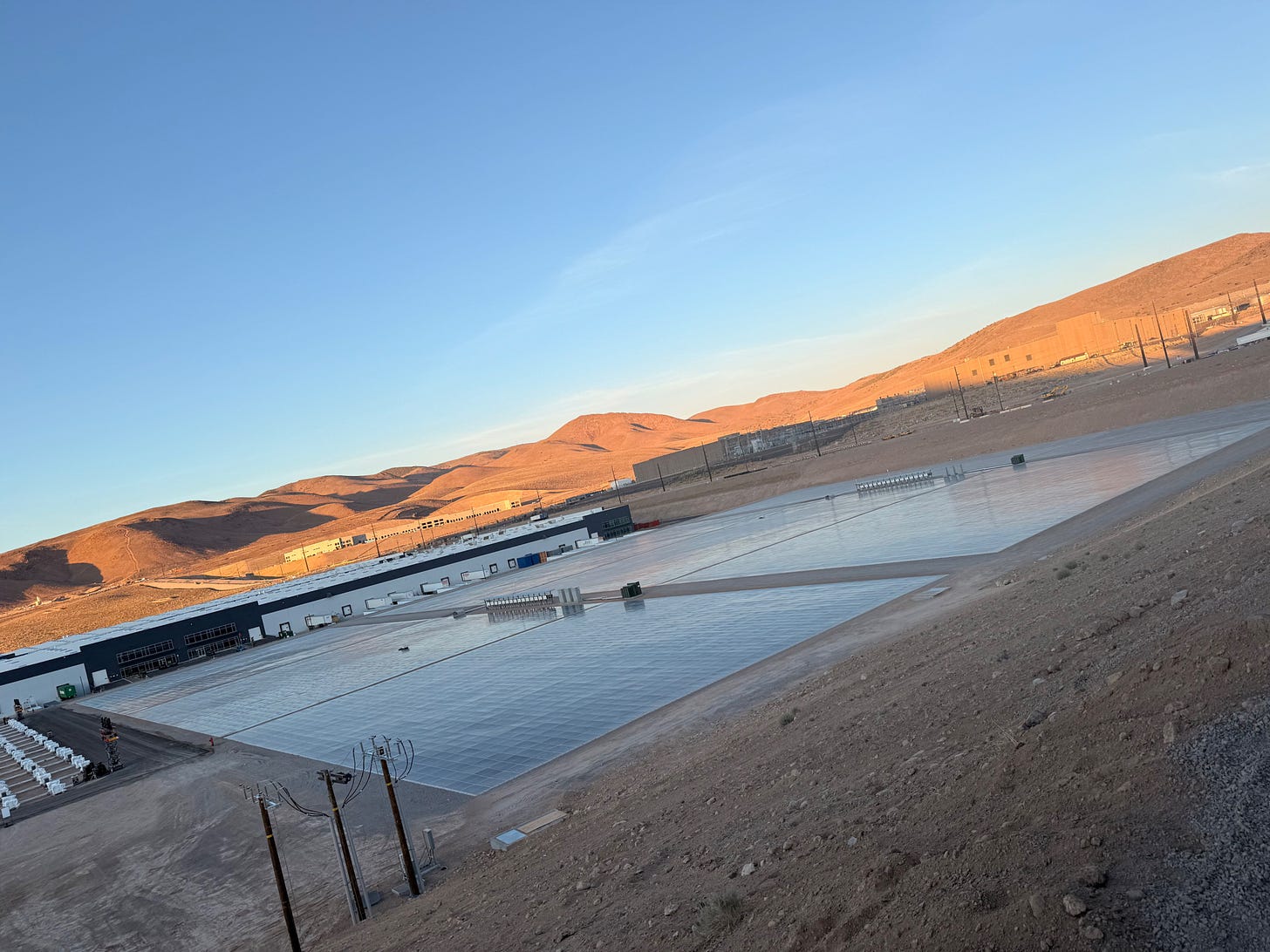At the onset of the electric age was the “war of the currents”. Edison’s direct current (DC) vs Westinghouse & Tesla’s alternating current (AC), vying for commercial supremacy.
Long story short, AC, because of its superior distribution properties could support the economy of scale necessary to win the economic war. DC, because of its less flexible and efficient distribution properties, would have lead to a costlier but more decentralized system of microgrids located much closer to their end customers. AC became the dominant paradigm for an increasingly regulated US grid, effectively locking it in with a legal moat.
Edison “lost” this battle but DC was already baked into the electro-commercial sphere of telegraphs, telephones, lighting of Edison’s time and never actually died. Pretty much all electronic devices, telephones, radios, TVs, computers, batteries, and the many others in the market have been powered internally via DC circuits. Quietly, over the last decade, and even more aggressively since the AI boom, DC transmission has been making a comeback.
In March of 2014, Congress passed the Energy Efficiency Improvement Act of 2014 (H.R. 2126) designed specifically to make federally operated data centers more efficient via DC transmission. Instead of using the traditional AC design, deploying DC power distribution in a colocated data center full of DC powered compute reduces power loss, eliminates unnecessary conversions, and frees up rack space. Since the electricity is consumed close to the source and never has to travel through a maze of transmission lines, the distribution advantages of AC become irrelevant and DC, in this context, is actually the superior option.
But this legislation only applied to federal data centers. Other private data center designers and operators have joined in overtime but the impact at the time would have been small and the incentives to do so, not as sweet and tasty. But not anymore. With the demand for high performance compute soaring, power is becoming a major cost center. A once marginal area of potential improvement is transforming into a large opportunity for efficiency and savings. This is exciting stuff for a lot of midlife corporate warriors out there. Catnip for silver haired CFOs and CTOs.
A small wrinkle in this set up is the vast majority of electricity is generated by turbines that are natural AC producers. This isn’t a huge issue because rectifiers (which convert AC to DC) are inexpensive compared to the potential energy efficiency of a more DC native approach. However, there is one particular energy source that naturally produces DC: Solar.
Couple that with quick construction times and low CapEx outlays, compared to other power sources, and we have a winner.
Outside of Reno, NV is an off-grid DC solar array powering AI compute. A recent joint venture between Crusoe Energy and Redwood Materials in Nevada portends what we are likely to see a lot more of.
According to the tandem, this is the largest micro and off-grid compute center in the world. It comes equipped with a 20 MW ground-mounted solar field and 63 MWh batteries worth of capacity. If this is the biggest off-grid compute cluster in the world, there is massive room for growth. Another interesting wrinkle on this project is the batteries supplied by Redwood Materials, a Tesla cutout, are repurposed EV batteries, effectively recycling them.
Which brings me to another trend: closing loops.
Setting aside gradation and degrees, there are open and closed economic loops. Open: there is “waste”. Closed: nothing goes to waste. Waste to energy, compute heat recapture, and nuclear fuel recycling, are all accelerating.
In May, Tether, yes the market leading stablecoin issuer, announced that it acquired a 70% stake in Adecoagro, an agriculture and energy company operating in Latin America. It recently announced a pilot with the company to mine bitcoin via its sugarcane waste. Adecoagro repurposes agricultural byproducts, like sugarcane bagasse for biomass energy which is then used to generate electricity, which then powers Bitcoin mining. Agri-waste becomes energy, energy becomes Bitcoin, and Bitcoin becomes an asset that strengthens the balance sheet and/or funds further expansion and innovation for Adecoagro.
The bitcoin mining industry has also become a small hotbed of entrepreneurial activity in heat recapture. Exergy, Marathon, MintGreen, HeatBit, GDA, and 256 Heat are all advancing the ball forward. If successful, a significant portion of humanity’s heating needs could be supplied via recycling heat from bitcoin and other compute based heat production.
As noted in my previous piece, the Trump admin published a slew of nuclear power related EOs. Most of them centered around regulatory reform aimed at speeding up the deployment of nuclear power. However, lost in the discussion was strong directives on spent fuel recycling, pushing the government and private industry to create a more cyclic nuclear economy. Both the older, more conventional reactors as as well as some of the newer, more advanced designs can benefit to differing degrees. In general, the advanced reactors get us closer to a fully closed fuel cycle while also dramatically reducing proliferation risks.
Interesting times indeed.




